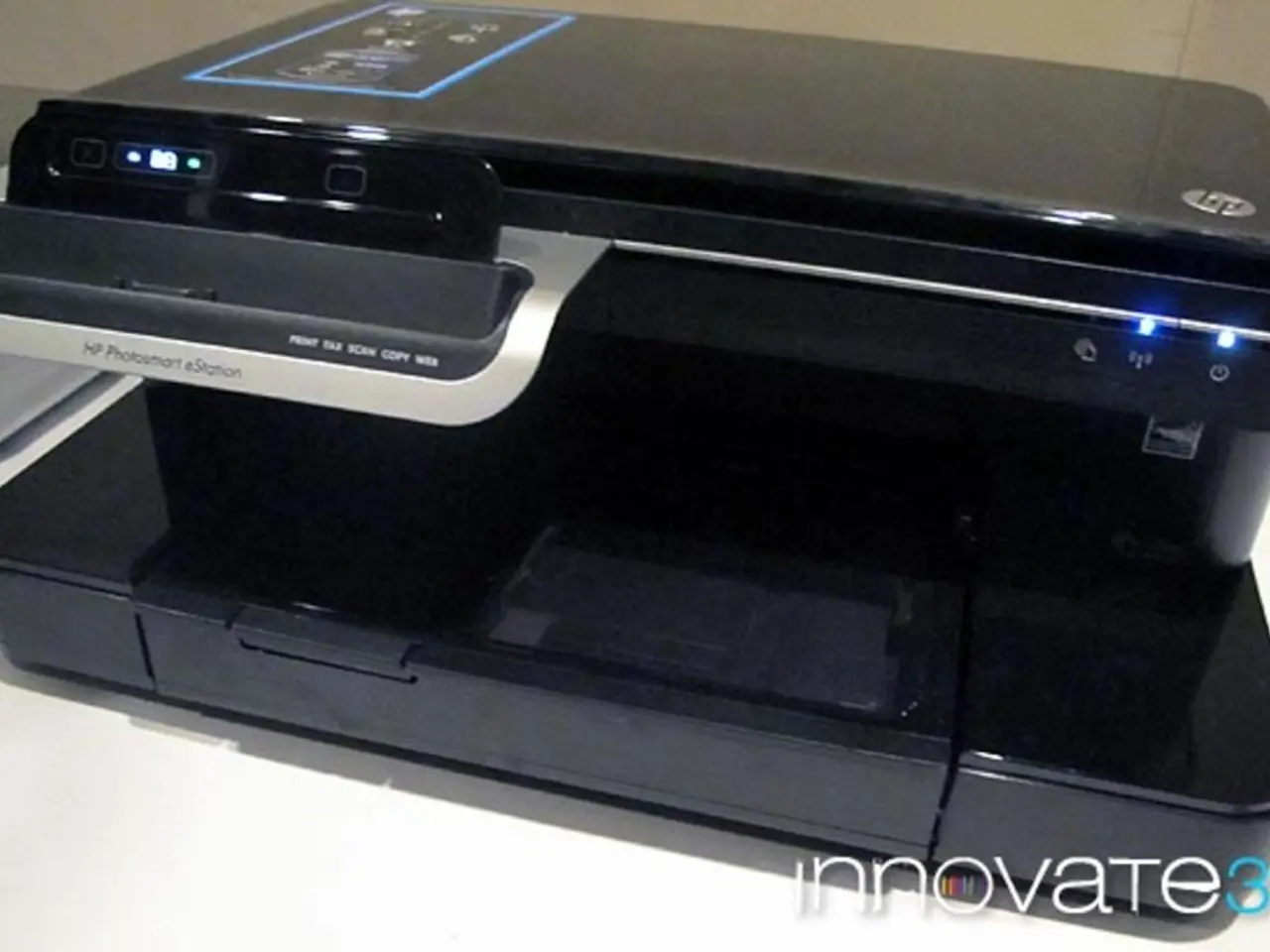Top Strategies to Effortlessly Develop and Implement Your Plan for Success
In the realm of project management, creating and executing a successful implementation plan is crucial for achieving desired outcomes efficiently and effectively. Here's a comprehensive guide to help you navigate the process:
## Best Practices for Creating a Project Implementation Plan
1. **Define Clear Goals and Objectives**: - Establish Specific, Measurable, Achievable, Relevant, and Time-bound (SMART) goals that align with your organisation's strategy.
2. **Scope of Work**: - Clearly define what is included and excluded from the project scope to prevent scope creep.
3. **Team Roles and Responsibilities**: - Assign tasks based on team members' strengths and availability. - Ensure everyone understands their roles and responsibilities.
4. **Implementation Strategy**: - Outline the approach and methodology for implementing the project. - Use a structured approach with phases like exploration, installation, initial implementation, and full implementation.
5. **Resource Allocation**: - Identify and list all necessary resources and tools required for the project. - Ensure stakeholder engagement and alignment throughout the process.
6. **Risk Management**: - Identify potential risks and develop mitigation strategies. - Regularly assess and adjust risk management plans as needed.
## Best Practices for Executing a Project Implementation Plan
1. **Use Project Management Tools**: - Leverage user-friendly tools that provide visibility into work status and reduce manual tracking.
2. **Task Delegation**: - Delegate tasks effectively to build team confidence and efficiency. - Monitor progress and provide support as needed.
3. **Quality Assurance**: - Implement quality control measures to ensure deliverables meet standards. - Regularly review and improve processes.
4. **Communication and Coordination**: - Foster open communication among team members and stakeholders. - Use regular check-ins or meetings to ensure alignment and address issues promptly.
5. **Adaptability and Monitoring**: - Be prepared to adapt your plan as circumstances change or new information becomes available. - Continuously monitor progress against the plan and make adjustments as necessary.
6. **Stakeholder Engagement**: - Keep stakeholders informed and engaged throughout the project lifecycle. - Manage expectations and ensure buy-in from all critical stakeholders.
By incorporating these best practices into your project implementation plan, you can enhance the likelihood of project success and maintain stakeholders' trust throughout the execution phase.
## Resources for Creating an Implementation Plan
- Implementation plan templates are available to help create a plan efficiently. The templates provided include a PERT chart, YouTube project, software system, security policy, insurance implementation, ecommerce website development, and insurance implementation timeline templates. - Visual aids, such as diagrams and charts, can make information easier for stakeholders to understand. The platform offers templates for creating custom visual aids. - The Detailed Smart Goals Worksheet Template and the Project Timeline Infographic Template are useful resources for goal-setting.
## Phases of an Implementation Plan
- The creation, launch, and monitoring are the three phases of using an implementation plan. The launch phase of an implementation project plan is the execution stage, where the team puts the plan into action. - The monitoring phase involves analyzing project data to determine if the project met the objectives and if there are any areas for improvement. Visualizing data helps in understanding trends and patterns in the information. The platform's data visualization tools can be used to create custom charts, graphs, and other visualizations. - The platform also allows for real-time data updates.
A business case can be used to outline the project's objectives, scope, benefits, costs, and risks. Stakeholders in the project planning process include team members, customers, and investors. A project implementation plan is a detailed document outlining essential steps to execute a project, including timelines, budgets, resources needed to achieve objectives, potential risks and mitigation strategies, and an evaluation plan.
By following these guidelines, you can confidently embark on your project implementation journey, ensuring a smooth and successful execution.
In the realm of project management, utilizing visual content such as diagrams and charts from available implementation plan templates can help make information easier for stakeholders to understand, thereby fostering their engagement throughout the project lifecycle. Furthermore, integrating technology, like data visualization tools, into the monitoring phase of the implementation plan can assist in understanding trends and patterns, ultimately improving the project's efficiency and effectiveness in the finance and business sectors.




